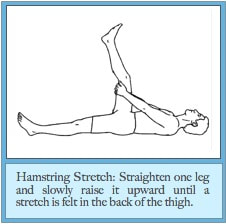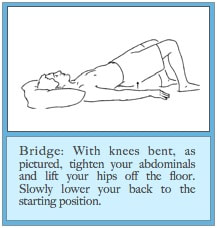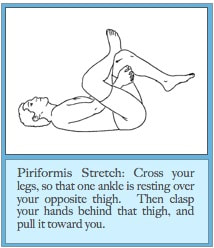Low Back Pain
Did you know that as many as 80% of us will experience low back pain at some point in our lives?* Nearly 60% of those people will face recurrent episodes of pain. Most commonly, back pain is a result of overuse, strain, or minor injuries. If pain lasts for more than 3-4 days, your primary care physician or physical therapist could help.
Back pain may a result of muscle spasm, arthritis and related conditions, disc bulges, spinal stenosis, lumbopelvic malalignment, improper movement patterns or poor posture. Severity can range from a mild ache or tightness to sharp radiating pain into your legs.
There are many different forms of treatment out there (medications, including NSAIDS and muscle relaxants; chiropractic adjustments; physical therapy and acupuncture). So, what is the best treatment method?. The answer to this question will depend on the pain source, and complicating factors, including muscle weakness and chronicity of symptoms, but most cases can be treated conservatively.
Physical therapy intervention begins with an evaluation to help determine the likely cause of symptoms. Treatment often includes a discussion of posture and proper positioning for daily tasks, stretches, gentle strengthening and manual therapy to encourage movement of various joints and musculature.
Recovery time can vary, depending on symptom severity, chronicity, weakness, activity level and other factors. A physical therapist serves as a guide in the recovery process, increasing exercise and activity challenges as symptoms reduce in severity.
* JAMA February 9, 2009 Vol 169, No. 3
There are many different forms of treatment out there (medications, including NSAIDS and muscle relaxants; chiropractic adjustments; physical therapy and acupuncture). So, what is the best treatment method?. The answer to this question will depend on the pain source, and complicating factors, including muscle weakness and chronicity of symptoms, but most cases can be treated conservatively.
Physical therapy intervention begins with an evaluation to help determine the likely cause of symptoms. Treatment often includes a discussion of posture and proper positioning for daily tasks, stretches, gentle strengthening and manual therapy to encourage movement of various joints and musculature.
Recovery time can vary, depending on symptom severity, chronicity, weakness, activity level and other factors. A physical therapist serves as a guide in the recovery process, increasing exercise and activity challenges as symptoms reduce in severity.
* JAMA February 9, 2009 Vol 169, No. 3
Exercise Brochures
|
| ||||||||||||


